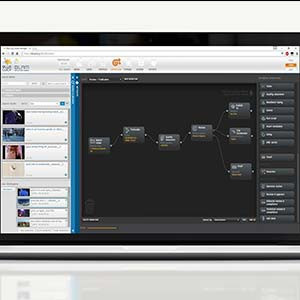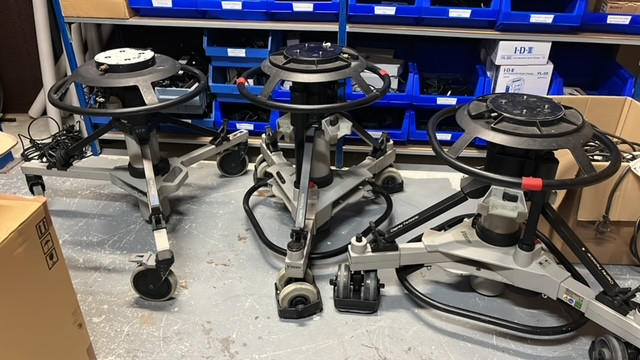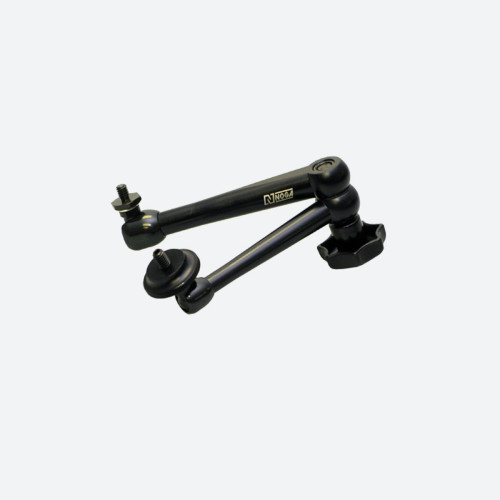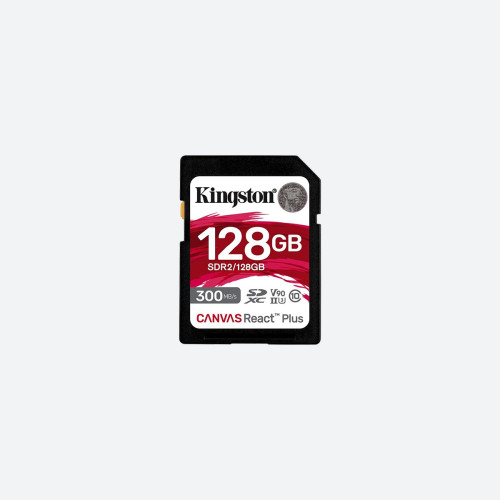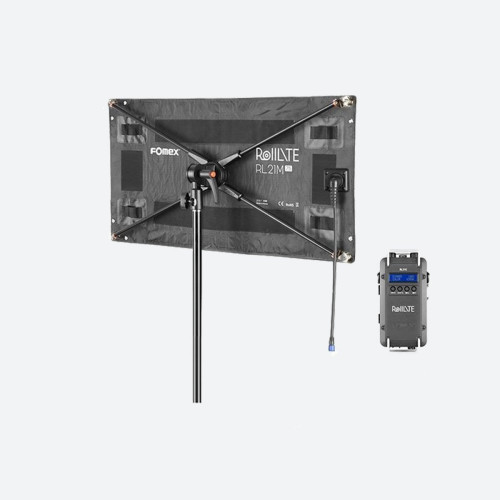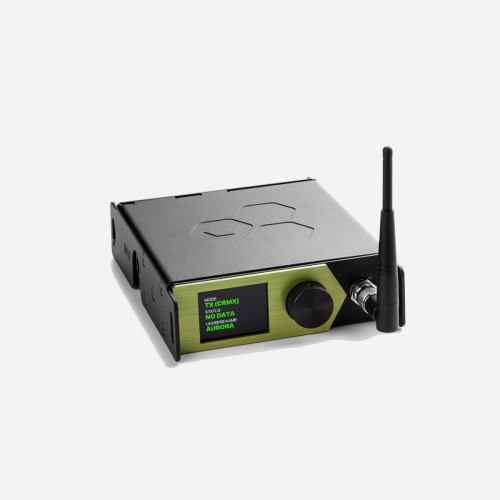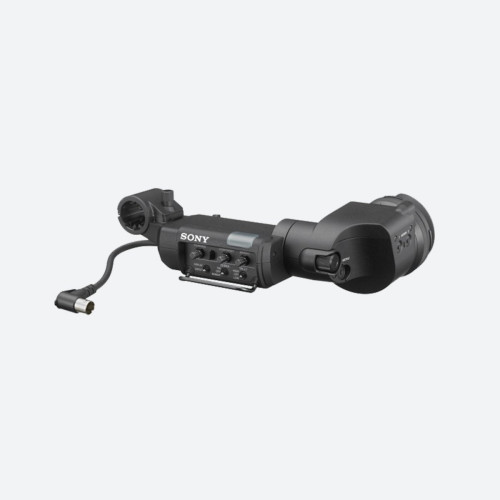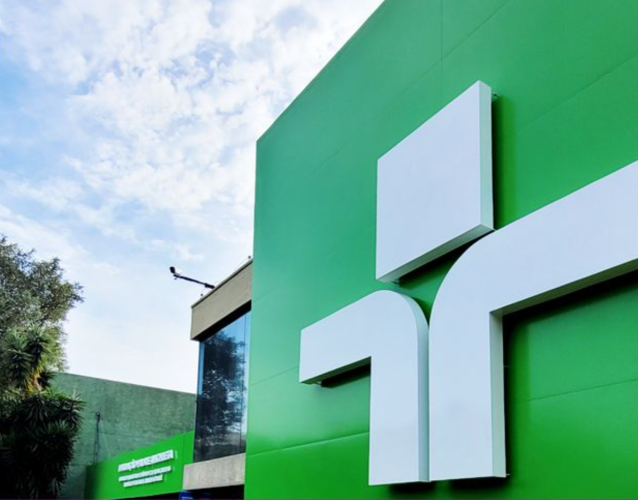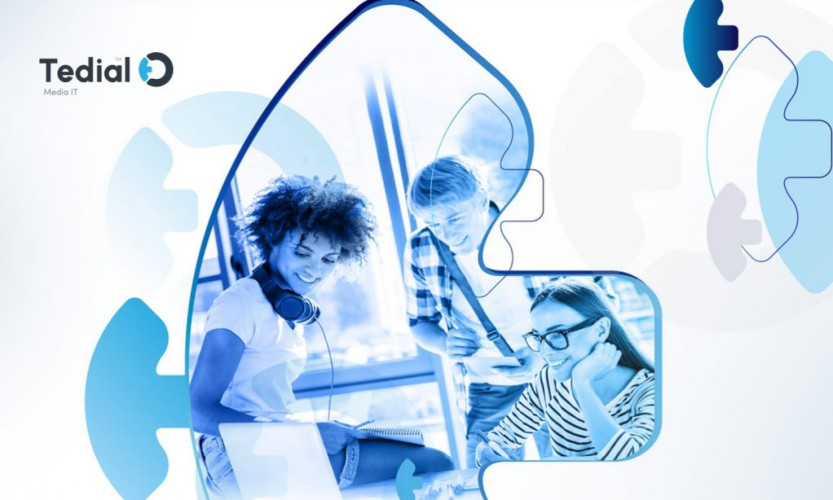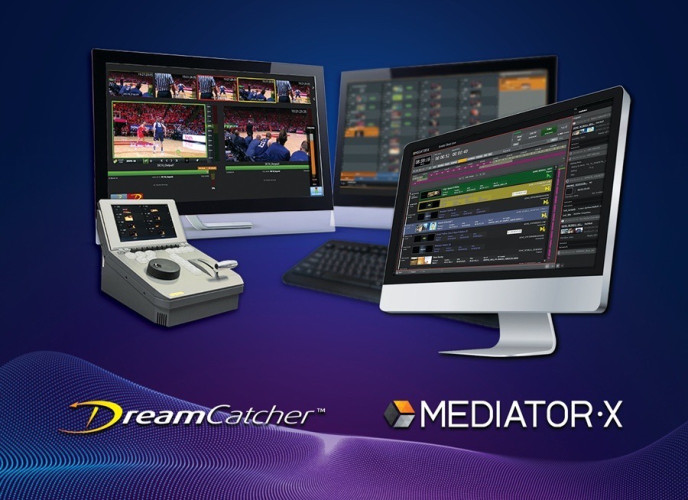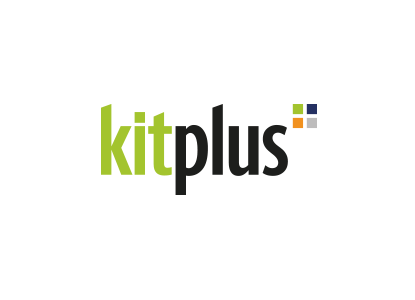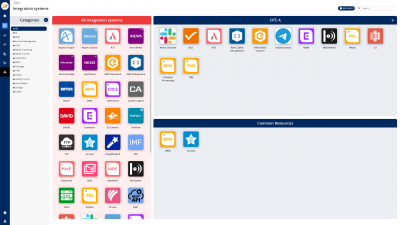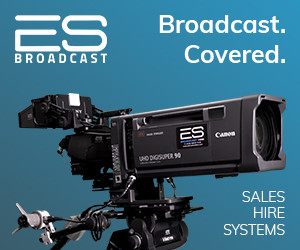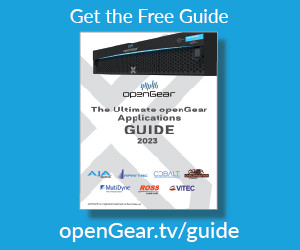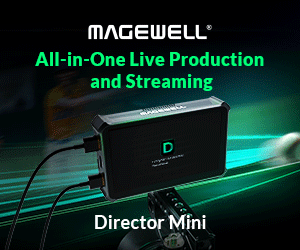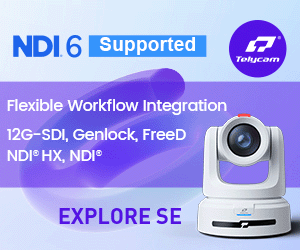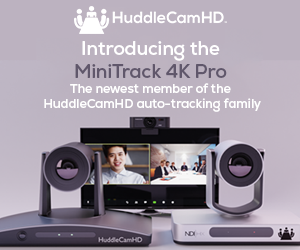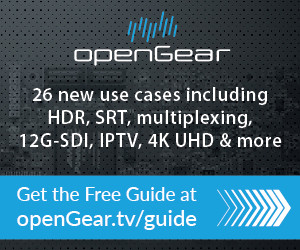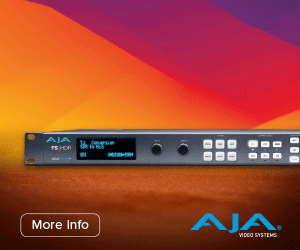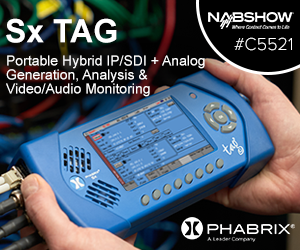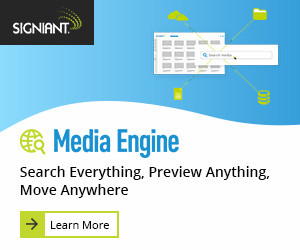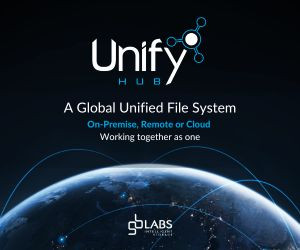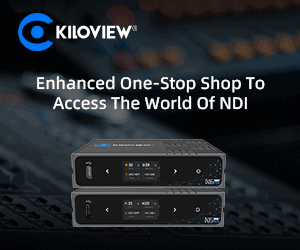Implementing a media management system is considered to be a risky business. The perceived complexity, upheaval and perception of failure can be so daunting that the risk may seem to outweigh the reward. But, like so many business technologies, MAM have been transformed in recent years and it\'s time to debunk some common MAM myths.
Perception: MAM implementation projects cost millions
Truth: MAM software is available from as little as £10k
Before its collapse the notorious BBC Digital Media Initiative had racked up a £96m bill. But a pragmatic approach to scope and implementation can deliver real value at low cost. The principal enabler here is the cost of the MAM software.
The cost for a modern product has dropped to around £150k for a base system - with some tools available for as little as £10k. Cloud or hybrid service models make it possible to pay-as-you-go for a fraction of the cost and without long term commitment.
For on-prem\' deployed systems the cost reduction is largely as a result of use of open, service based technology as well as vendors designing the foundation tools to be less specific to a given function or workflow. Modern MAMs are architected based on a core with bolt-ons or plug-ins.
Perception : MAM\'s rarely deliver value on investment
Truth : A targeted approach delivers immediate benefits
Now that MAM system implementations can be achieved for a fraction of the cost, it\'s easier to prove real value in day-to-day operations and to the bottom-line.
Operators can focus on a specific difficulty in the operation and prove or refine an approach before tackling other areas in the workflow. Defining and building workflows is no longer time consuming so demonstrating operational benefit may be achieved in hours instead of months.
Ensure that the chosen MAM vendor can scale as you broaden deployment though - a modern MAM should readily scale from a few, to a few hundred users without even taking the system off-line.
Perception : Implementation of a MAM system takes months - if not years
Truth : You can be up and running in minutes
MAM history is littered with projects that took years to implement and were obsolete by the time they were delivered. This was generally caused by an over-focus on up-front analysis driven by the need to understand the operating model ahead of configuration, which itself was driven by the complex and time-consuming nature of configuration.
A modern MAM can be up and running in minutes - or seconds in the case of cloud-based system. From the \'vanilla\' base an operator can quickly create users, set access permissions and build simple production workflows. A modern MAM allows operators to build and test workflows as they go - an agile approach which delivers rapid results. Because it is now quick and easy to configure and implement a base system, and then customise the system to your needs, there is less pressure to perform a perfect up-front analysis, and more tolerance for changing requirements.
Perception: Deploying a new MAM means replacing the systems we have.
Truth : An effective MAM will integrate with legacy and 3rd party systems.
Subsuming functionality, particularly in active systems is fraught with risk - risk which always translates to cost. The simplest and most cost-effective approach is rarely replacement.
A modern MAM vendor should be able to provide connectors to commonly used 3rd party systems and be willing to build these for legacy components. These connectors are used to get essential data from 3rd party systems, process it and if necessary, put data back. The MAM should be capable of acting as the integration layer that connects systems and, importantly, provide a single view of the operation.
Perception: MAMs only manage media.
Truth : Modern MAMs provide broader capabilities including workflow orchestration and enterprise reporting.
Very few modern MAMs are just asset managers, but perversely the term MAM has stuck because it\'s one that everyone understands. Rather than just being limited to a static repository where media objects are stored and made accessible, many MAMs include key operational functions such as automatic and task-driven workflows. The automation of tasks such as transcoding in a workflow obviously removes manual process but of equal benefit is a task driven workflow which drives operation procedure - i.e. the people.
Perception: MAM projects require big investments in infrastructure and storage
Truth: Modern MAM\'s use the cloud for scalability
Although the cost of MAM software is largely flat (or at least should be,) the cost of storage is dependent on the volume of media being produced and stored. When planning on-prem\' deployments, system designers - understandably - plan for the worst-case scenario, which means high storage costs and big CAPEX spend.
Using a combination of on-premise and cloud storage allows media operators to avoid spending money up-front for capacity that they may or may not need in the future. MAM vendors like Blue Lucy are able to seamlessly blend the on-prem\' and cloud-based services, providing access through a single user experience. This approach offers huge flexibility for \'burst\' capacity and de-risks a strategy of cloud migration.





